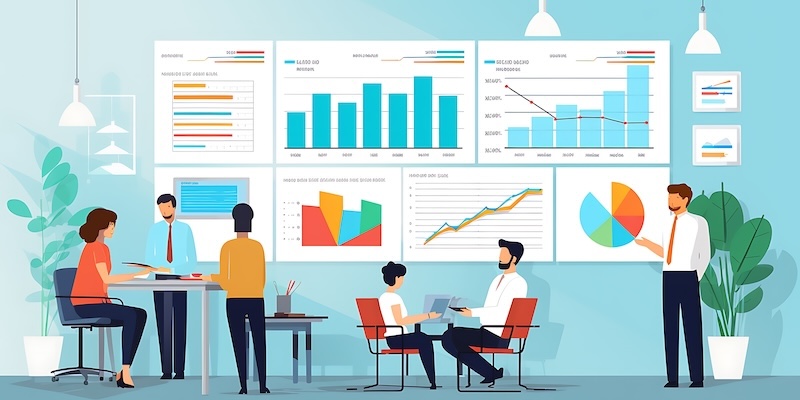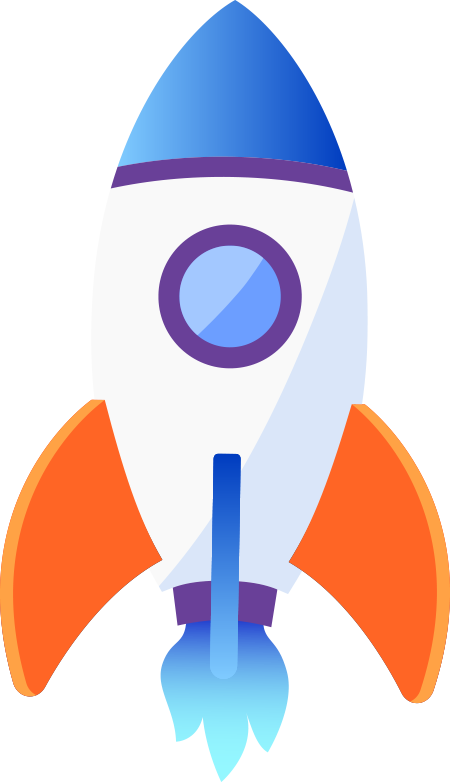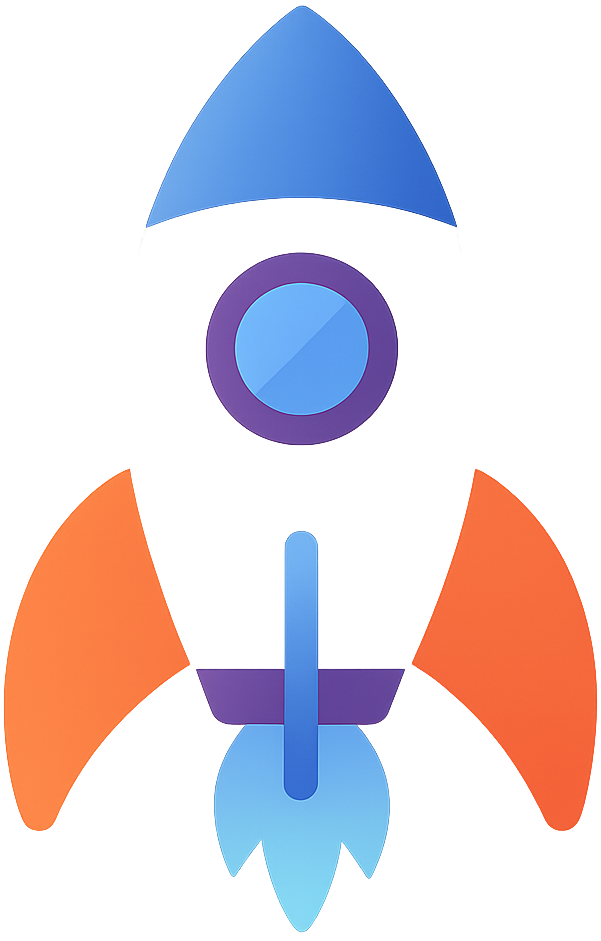
How to Build High-Performance Autonomous AI Sales Pipelines
The next evolution of revenue operations isn’t about new tools — it’s about new infrastructure. In 2025, the companies outperforming the market aren’t relying on fragmented automation. They are building autonomous sales pipelines engineered with the same rigor software companies use to architect high-availability systems. These organizations understand that scalability, speed, routing, and multi-agent orchestration are infrastructure problems, not just workflow problems. For a broader overview of how this relates to performance gains, see the main AI Sales Technology & Performance hub.
McKinsey’s 2025 Revenue Operations Index found that organizations deploying fully architected AI-driven pipelines achieved 42% higher conversion consistency, 53% faster lead-cycle throughput, and 67% fewer customer drop-off points compared to traditional “tool-based” sales stacks. This gap is widening as companies adopt multi-agent frameworks, predictive orchestration engines, and autonomous closing systems. To understand how these systems scale across throughput tiers, it is helpful to review the AI Sales Force platform’s tiered architecture, which is built for vertical performance scaling.
This article provides the definitive blueprint for designing a high-performance AI sales infrastructure — the architecture beneath the surface of every elite autonomous sales system. For an additional look into the technology layers that integrate with this blueprint, review the sibling article The Rise of Intelligent Sales Automation Platforms.
The Core Infrastructure Layers of an Autonomous AI Sales Pipeline
Modern autonomous sales infrastructure resembles a distributed workflow system more than a traditional call center architecture. Gartner’s 2025 Automation Engineering Report highlights that the strongest-performing systems share a similar five-layer pattern.
1. Data Ingestion & Intent Capture Layer
The foundation of every successful AI pipeline is a real-time ingestion system. This layer captures lead data from CRM systems, ads, web forms, chat, inbound calls, and third-party integrations. It enriches data, validates contact channels, and extracts buyer intent signals — including behavioral probabilities, timing windows, and sentiment markers.
High-performing pipelines use asynchronous ingestion queues to avoid data bottlenecks. This ensures leads are processed instantly, regardless of surge volume.
2. Predictive Routing & Sequencing Engine
Once the system ingests a lead, it assigns the next best action. This layer predicts the optimal contact method and timing, determines whether a prospect should be booked, transferred, qualified, or directly closed, and sequences outreach patterns based on historical success rates. According to Forrester’s 2024 Pipeline Intelligence Study, predictive sequencing alone boosted revenue performance by 31%.
3. Multi-Agent Orchestration Layer
This is where autonomous sales pipelines differentiate themselves from legacy automation. Instead of using one AI model to handle everything, the orchestration layer coordinates multiple specialized agents — Bookora, Transfora, Closora, Primora, and other task-specific models. Each agent handles a specific job, while the orchestration layer ensures context is shared instantly and consistently.
The orchestration layer also manages real-time handoff, escalation logic, and complex branching pathways based on buyer behavior. This eliminates the drop-off that historically occurs between booking → qualifying → closing → onboarding.
4. Conversation Intelligence & Voice Engine Layer
In 2025, AI-driven voice systems outperform human reps in timing, pace alignment, sentiment matching, and objection redirection. Harvard Business Review’s Conversation Intelligence Index reported that AI-led calls using real-time prosody modeling were 37% more effective than human-led calls at maintaining buyer engagement.
Modern sales infrastructure requires high-fidelity voice models capable of:
• Near-instant latency
• Dynamic tone matching
• Memory of prior exchanges
• Smooth transitions across questions, objections, and next steps
This layer is what gives AI systems the ability to maintain consistent conversational quality at scale.
5. Autonomous Closing & Payment Capture Layer
The final — and most commercially impactful — layer is the system’s ability to close transactions autonomously. Most AI tools stop at booking or qualification. Only one platform currently executes full-funnel payment capture with psychology-based closing algorithms: Closora.
Closora is engineered using the same cognitive frameworks elite closers use: commitment sequencing, contrast framing, risk reversal, value reinforcement, and objection pattern recognition. Unlike human closers, it executes these psychological patterns with flawless consistency, perfect memory, and no emotional fatigue. Combined with autonomous payment capture, it completes the revenue loop in a way no other tool or agent currently can.
Why Autonomous Pipelines Outperform Traditional Sales Processes
Traditional pipelines suffer from structural limitations:
• Delays between call attempts
• Missed follow-up steps
• Inconsistent closing skills
• Human scheduling errors
• Poor timing windows
• Fragmented systems that don’t synchronize
Autonomous pipelines eliminate these issues by replacing human variability with infrastructure consistency. Systems execute workflows precisely, adapt to real-time signals, and route opportunities with perfect memory. This is why they generate such large conversion lifts.
Load Balancing: The Hidden Architecture Advantage
High-performance sales pipelines require the same load-balancing techniques used in distributed computing. This ensures that call volume spikes, inbound traffic surges, and ad campaign bursts never overload the system. Gartner’s 2025 study showed that 72% of revenue loss during high-volume months came from system congestion — not from lead quality.
AI Sales Force solves this with tiered capacity scaling. The system intelligently allocates workload across Gear, Drive, Turbo, and Powerhouse tiers, ensuring throughput remains smooth even under extreme pressure.
Orchestration Logic: The Real Engine Behind Conversion Lift
What makes autonomous pipelines outperform human-led systems is not just faster messaging or better routing — it’s orchestration logic. Modern AI mapping engines dynamically adjust pathways based on:
• Buyer tone
• Interaction history
• Conversational friction points
• Lead scoring predictions
• Time-of-day performance data
• Sentiment momentum
This is why multi-agent ecosystems significantly outperform single-agent systems. They don’t simply “make calls.” They make decisions.
Why Primora Is Critical to Infrastructure Stability
Though not a front-facing sales agent, the setup and configuration agent Primora plays a crucial role in pipeline stability. By ensuring CRM synchronization, workflow alignment, compliance mapping, and intake configuration, Primora prevents system drift — one of the top causes of performance degradation in legacy sales stacks.
Modern autonomous pipelines require ongoing orchestration hygiene. Primora provides this foundational stability, allowing the rest of the AI ecosystem to perform at peak efficiency. Learn more about its infrastructure role at Primora's AI automation setup page.
Cross-Functional Integration: The Final Layer
Autonomous pipelines are only as strong as the systems they integrate with. This is why modern AI infrastructures include deep CRM hooks, webhook event streams, compliance layers, and follow-up automation. As explored further in AI Sales Automation and Buyer Behavior, integrated systems adapt to the behavioral expectations of modern buyers.
Final Thoughts: Infrastructure Determines Winners
In 2025, the strongest sales organizations aren’t winning because they have better scripts or better reps. They are winning because they have better infrastructure — systems designed to manage revenue operations like high-availability software pipelines. Autonomous sales architecture eliminates delays, removes friction, adapts in real time, and executes at machine precision.
For teams evaluating this transition, the AI Sales Fusion pricing tiers provide a clear roadmap for adopting autonomous infrastructure at the right scale. These tiers correspond directly to pipeline throughput, orchestration intensity, and system complexity — ensuring optimal performance from day one.


